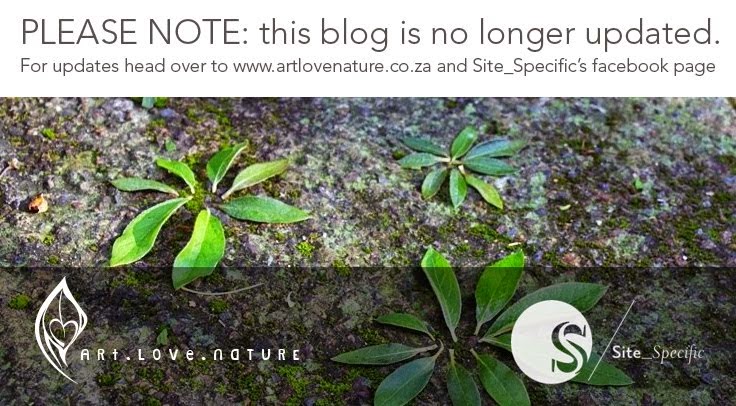Green Avant Garde Artist
Jochen studied fine art in Basel, Switzerland and in the early 70’s had a few exhibitions of painting, drawing and sculptures in Germany. With experience and skill in stone and wood crafting, printmaking, ceramics and fabric design, Jochen has a wide range of skills to utilize in his art.
He is open to working with any materials to create a unique landscape or art piece, but loves to work with rocks, stones, and clay. Living material, plants and water are also often used to create and grow new worlds with rivers, streams, waterfalls and ponds. The spaces that he chooses to transform are often areas of unspoilt nature, or destroyed land which offers an empty canvas.
His work can mostly be characterised or described as being permanent land art, which he started to produce in South Africa in the late 90's. His first land art project, however, was created in the early 70's in the Black Forest. The project consisted of 12 to 15 different size cast iron ears attached to the exposed root system of a huge tree.
Jochen's work is inspired by the simple act of being within the landscape, of spending time in nature. He allows inspiration to flow through his being, and finds it important that his unconscious mind gets connected to the space.
For more information or to commission the artist:
Jochen Kruger-Allenstein
Cell: +27794027467
Email: greenavantgarde@gmail.com
green-avant-garde.blogspot.com
kruger-allenstein.blogspot.com














